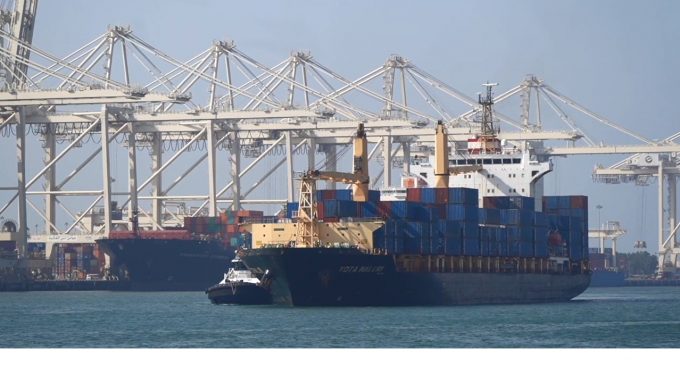Taiwan and South Korea lines don't fear US levy on Chinese ships
Taiwanese and South Korean liner operators are likely to be those least impacted by the ...

Container lines – predominantly those operating on China-India trades – are cementing their networks to prepare for a potential intra-Asia market resurgence.
But there seems no respite in sight from the rate slide they have seen across all trades out of India over the past year.
Average ...


Comment on this article